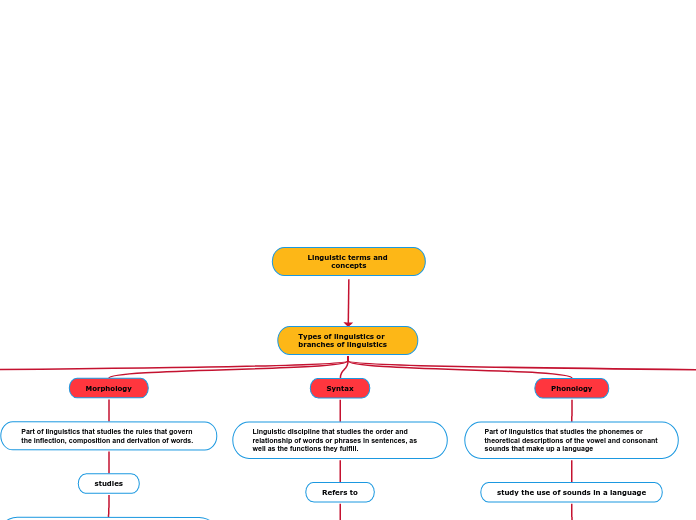Diuretic Renal Imaging
Contraindications
medications that block tubular secretion
Recent studies with contrast
Indications
evaluation of
urodynamics
renal function
To distinguish between
Nonobstructive collecting system dilation due to
a noncompliant bladder
Previous obstruction
Congenital malformations
Urinary tract infection
Vesicouretal reflux
Obstructive hydronephosis
Prep
In adults and children that can not empty their bladder a catheter may be used
bladder should be emptied before administration of Furosimide
Patient should be well hydrated
Processing
Renogram curves using a ROI over only the collecting systems or over the entire kidneys are obtained
Calculating the half-time excretion is often performed either from the injection of diuretic or at the beginning of diuretic response.
collecting systems are preferred which could also include the ureters if they appear to retain the rph
Results
Abnormal
Factors that produce false-positive impression of mechanical obstruction or that contribute to indeterminate resuls
poor hydration, resulting in poor diuretic response
poor underlying renal function, resulting in diminished diuretic response
a noncompliant or rigid renal pelvis, producing increasing resistance to urine flow as diuresis increases urine volume
high filling pressure of the bladder due to a distended or noncompliant bladder, which may impair washout from the upper urinary track
an overcompliant or patuluos renal pelvis. During diuretic response, increased urine flow may be sufficient to fill this large reservoir without being sufficient enough to washout the tracer, producing a rising renogram curve
a large hydronephrotic volume, especially in the presence of diminished function. With a larger volume in the system, a larger diuretic response is needed to clear that system of accumulated activity. This is also known as the reservoir effect
In the case of significant mechanical obstruction, there is very little decrease in renal collecting system activity after furosemide administration, owing to the narrow fixed lumen of the ureter
Normal
A half-time of less than 10-15 minutes from time of diuretic effect constitutes a normal response
Radiopharmeceuticals
Generally, Glomerular function declines earlier and more rapidly than does tubular function is response to uretal obstruction. Thus, radiopharmaceuticals excreted primarily by tubular secretion are used.
Tc-99m DTPA
may also be acceptable in more acute and less severe obstruction
Tc-99m MAG3
agent of choice for renographyof patients with suspected collectiong system obstruction
Subtopic
Procedure
This portion of the study is acquired with the patient ideally in an upright position if possible, if not patient may be supine.
Administer diuretic 15-20 minutes after radiopharmaceutical slowly over 2-3 minutes
1mg/kg (up to 40mg) for children 40mg for adults **max of 80mg may be required for patients with impaired renal function
Diuretic response usually begins 2 to 5 minutes after injection; however, maximal diuresis is frequently not reached until 15 minutes after injection.
As with standard functional assesment, a 20 minute acquisition, 20 seconds/frame usually compressed into 2-minute static images, is performed









